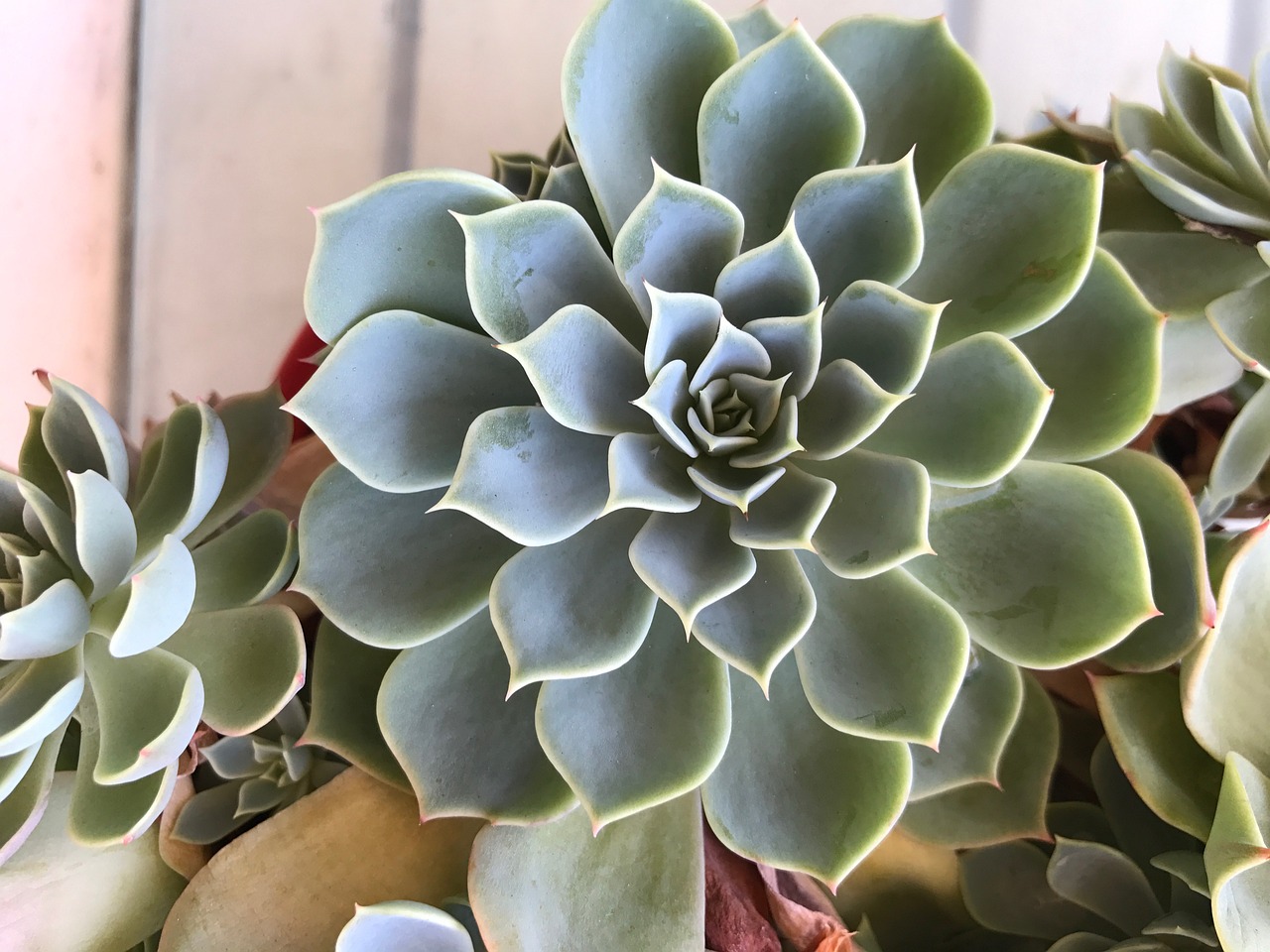Succulents are popular houseplants due to their distinctive designs and low maintenance requirements. However, their requirements vary greatly compared to other plants. This article will discuss the fundamentals of succulent care, including their specialized light requirements, watering procedures, soil selection, humidity levels, and pot choices.
Understanding Succulent Needs
The importance of proper lighting
Succulents thrive in bright, indirect sunshine, so correct lighting is essential for their health and growth. Insufficient light can stunt development, while too much direct sunlight might result in leaf burn. Understanding the appropriate mix can help succulents stay vibrant and healthy.
Optimal light conditions for succulents.
Most succulents prefer about six hours of bright, indirect sunshine every day. A south-facing window usually gives the most natural light. If your succulent extends toward the light or loses its brilliant color, it may not receive enough exposure. Conversely, burned or browned leaves may suggest an excess of direct sunshine.
Benefits of Bright, Indirect Sunlight
Bright, indirect sunshine promotes healthy development and bright hues. It allows succulents to produce the necessary energy through photosynthesis without scorching their delicate leaves. This ideal balance can be achieved by placing your succulents near sheer curtains or in a setting with filtered lighting.
Tips for Rotating Plants for Even Growth
To promote even growth, rotate your succulents every few weeks. This approach guarantees that all sides receive similar light, minimizing uneven development and preserving a balanced shape.
Mastering Watering Techniques
Seasonal Adjustments for Watering
Watering requirements will change with the seasons. During the growing season (spring and summer), succulents typically demand more frequent watering—every 1-2 weeks. Watering should be reduced to every 3-4 weeks during the dormant season (autumn and winter) since plants require less moisture.
Recognizing Signs of Underwatering and Overwatering
It is critical to determine whether your succulents are under or overwatered. Underwater succulents may appear withered, with dry and wrinkled leaves. Overwatering, conversely, causes succulents to become mushy and may result in discolored or transparent foliage.
Importance of Ensuring Proper Drainage
Ensure that your pot has appropriate drainage to avoid waterlogging and root rot. Always select pots that have drainage holes. If you use containers without drainage, try sparingly using a well-draining soil mix and water.
Choosing the Right Soil Mix
characteristics of fast-draining soil
Succulents flourish in fast-draining soil, which allows excess water to drain quickly. This sort of soil prevents root rot and maintains ideal moisture levels.
Best Soil Ingredients for Succulents
An appropriate soil mix for succulents frequently contains a combination of potting soil, coarse sand, and perlite or pumice. This mixture promotes aeration and appropriate drainage.
Maintaining humidity levels
Ideal Humidity for Succulents
Succulents often prefer low humidity levels, typically about 20-30%. High humidity levels can promote the growth of mold and pests.
How to Improve Indoor Humidity?
In dry settings, you can improve the humidity by installing a tiny humidifier, sprinkling the air occasionally, or placing a pebble tray with water beneath the pots (but not submerged).
Pot Selection and Drainage Solutions
Choosing the Right Pot Material
Consider the material when choosing pots for your succulents. Terracotta pots are ideal for succulent maintenance because they are porous, which allows for improved air circulation and moisture evaporation.
Importance of Drainage Holes
Always select pots that have drainage holes. This feature is critical in enabling excess water to drain and preventing root rot. If you fall in love with a pot that lacks drainage holes, consider using it as a decorative outer pot and inserting a smaller pot with holes inside.
Common Problems and Solutions
Identifying Pests That Affect Succulents
Pests that can harm succulents include mealybugs, aphids, and spider mites. Regularly inspect the undersides of leaves and the soil for signs of infestation.
Treating Fungal Issues
Overwatering or a lack of airflow can cause fungal growth. If you observe any discoloration or mold, apply fungicide to the affected areas and lower the frequency with which you water.
Troubleshooting Sunburned Leaves
If your succulents’ leaves become sunburned, immediately transfer them to an area with indirect light. Trim away damaged leaves to promote fresh growth.
Final Thoughts
Caring for succulents may be an enriching experience, especially for novices who want to develop these hardy plants. Understanding their basic needs—specifically watering, light, and soil—allows you to create a thriving environment that encourages growth and health.
Remember that each succulent species may have unique requirements, so do your homework and learn about your chosen plants. With a little patience and practice, you’ll be able to understand their signs and provide exactly the perfect amount of care.
Don’t get discouraged by setbacks; even experienced succulent keepers face difficulty. Instead, see these instances as opportunities to improve your skills as a plant parent. As you continue to care for your succulents, delight in seeing them bloom and offer beauty and greenery to your house.
